In 2019, I decided to try my hand at mosaics. I enjoyed–and still enjoy–my cooking hobby; I just wanted to try something different–challenging, but not too much so. So, I chose mosaics. After all, how hard can it be to break glass and tile and clue it to something, right?
Harder than you think, as it turns out. A lot harder.
We’re fortunate to have a Mosaics club in our active adult community; and our teacher is great. From her I learned there’s a lot of thought required before you use your “nippers” to cut (not break) that first piece of glass or tile. You have to consider design, color, the foundation upon which you’re going to attach your chosen materials; whether to use silicone , or another type of glue, the color of grout you will use near the end of your project, the shapes in which you’re going to cut your glass or tile; and don’t get me started on how to use the grinder for shaping curved glass or tile, safety equipment, etc.
What was really frustrating, however, was when our instructor would come around, suggest changes, or tell me when I was doing something wrong, and then say cheerily, “Just have fun with it!”
Yeah, right.
I was miserable during my first project or two. I enjoyed the results; and the process was brutal for me. So I wasn’t all that disappointed when COVID shut down our studio for over a year and a half. In fact I thought I was done with mosaics. Too much stress. And aren’t hobbies supposed to be fun?
Recently I reconsidered and returned to the studio to give mosaics–and myself–another shot. This time, however, I approached my first project–the symbol OM made in glass on a background of tile–differently than before. I took what I learned from a few years ago, and then I applied it with some patience and non-attachment.
Rather than focus on just my project, I took time to admire the work of others, laugh and discuss life with my co-artists; and I learned to slow down and laugh at myself. So what if I only managed to cut, shape, and get three or four pieces of glass to fit in 2 hours? It’s a process, a hobby, a learning experience.
So, what does any of this have to do with life?
Well, often when folks apply the imagery of mosaics to life, we hear things like “taking the broken pieces of our lives and shaping them into something beautiful.” That’s nice imagery, too.
Yet, in Unity, we teach that none of us are broken or in need of fixing. Yes, we make choices that can break parts of our lives. And we can choose to repair those parts–or not. Yet, in the Absolute, we are not broken. So can mosaics actually teach us anything about life? I think so.
Like mosaics, life is often far more complicated at times than we imagined it would be. Life requires planning–design–taking many factors into consideration. There are tools we use–prayer, meditation, study, research, collaboration–to put our life plans into action.
And like mosaics, even though we think we’ve considered all the possibilities, life doesn’t work out the way we planned–sometimes it works out better. Other times it doesn’t, and we have to remove some pieces and replace them with other pieces more appropriate for our “project.”
Like mosaics, life requires patience, mutually-supportive community, and laughter–laughter with one another, and yes, laughter at ourselves. Like mosaics–and as our Buddhist siblings teach us–life requires practicing non-attachment. In “Unity speak,” we do what is ours to do, and then we release it to the Universe.
So yes, I’m enjoying mosaics more this time around. Oh, it’s still frustrating at times–you know, like life–yet, when I remember the lessons it’s teaching me, and practice those lessons, I know that in the end, no matter how my “project” turns out, it’s beautiful.
Just like you and me.
And so it is!
